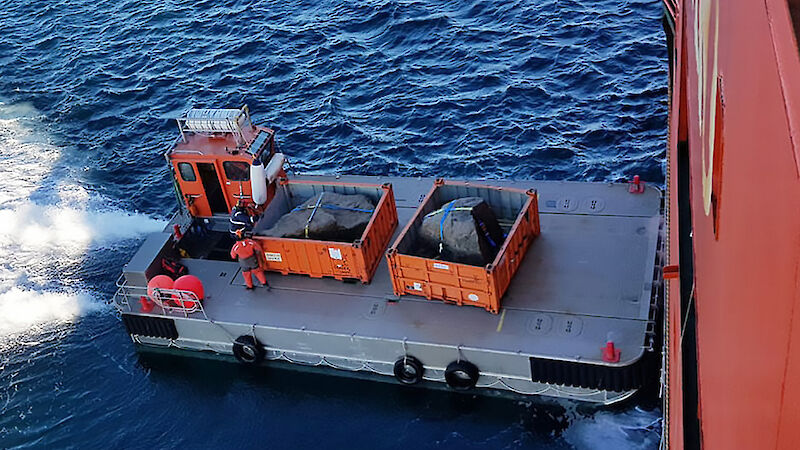Mawson Charnockite is named after Sir Douglas Mawson, the legendary Australian Antarctic explorer and geologist who mapped large areas of Antarctica and greatly enhanced our knowledge of the frozen continent.
The boulders will serve as a permanent reminder of Australia’s links to Antarctica when the two continents were joined as part of the supercontinent, Gondwana. Their inclusion in the garden was originally proposed by eminent geologist and palaeontologist, the late Professor Pat Quilty.
The rock type is also found in Western Australia, including near Cape Leeuwin and Cape Naturaliste near Albany, Esperance Bay, Eyre Peninsula, and the Musgrave Ranges.
The rock is typically composed of quartz, K-feldspar, plagioclase and orthopyroxene, but its exact origin has been a matter of debate amongst geologists. Once thought to be igneous rock crystallised from cooled magma, it is now generally considered metamorphic rock, formed by high temperatures and pressures deep below the Earth’s crust.
The boulders were collected under a permit authorising their removal for the purpose of public education, via display at the National Rock Garden.
David Reilly

